Gardening can be a gratifying hobby, significantly when growing your fruit. Knowing where to start might seem daunting for beginners, but with the proper guidance, you’ll soon enjoy the fruits of your labor. In this article, we’ll focus on the easiest fruits to grow for first-time gardeners, ensuring you’ll have a thriving garden in no time.
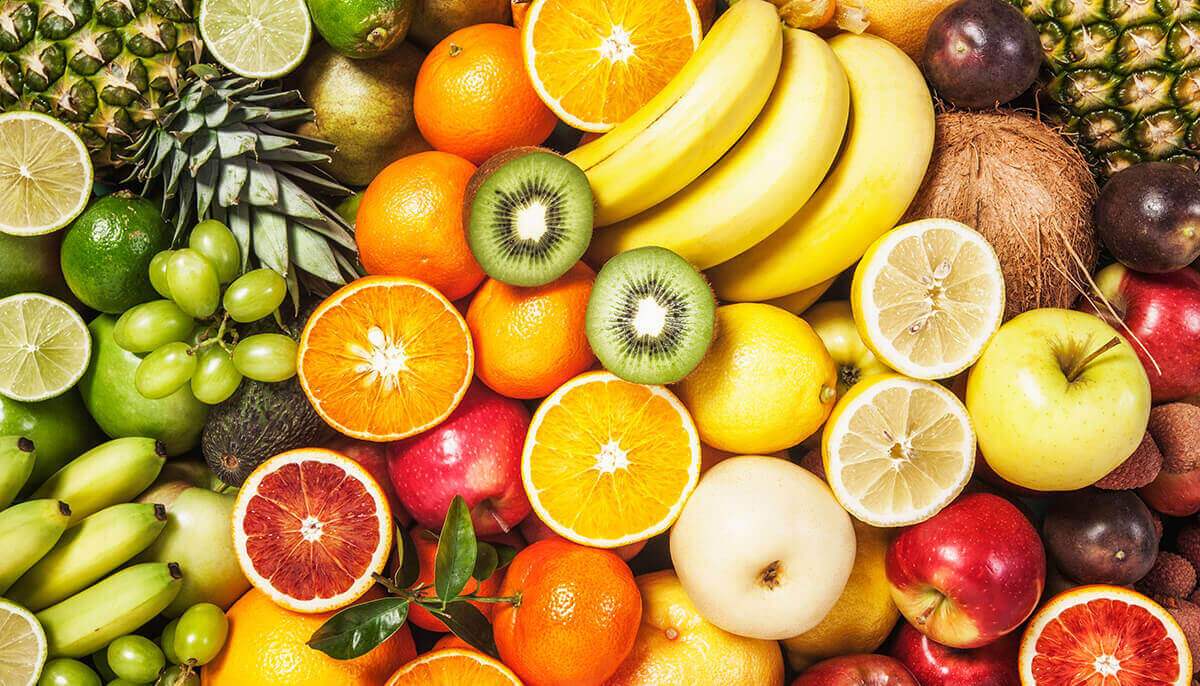
Selecting suitable fruit varieties is crucial, as some types are more forgiving towards beginners than others. However, even more essential are the growing conditions these fruits require. With proper planting and maintenance, success is just a few steps away.
Having fresh fruit from your garden is one of life’s simple pleasures. And with some innovation, even those with limited space can enjoy their fruit harvest. So, let’s dive in and explore how you can become a fruit-growing enthusiast!
Key Takeaways
- Choose beginner-friendly fruit varieties for the best results.
- Ensure proper growing conditions and maintenance for a thriving garden.
- Utilize innovative ideas for growing fruit in small spaces.
Selecting the Right Fruit Varieties
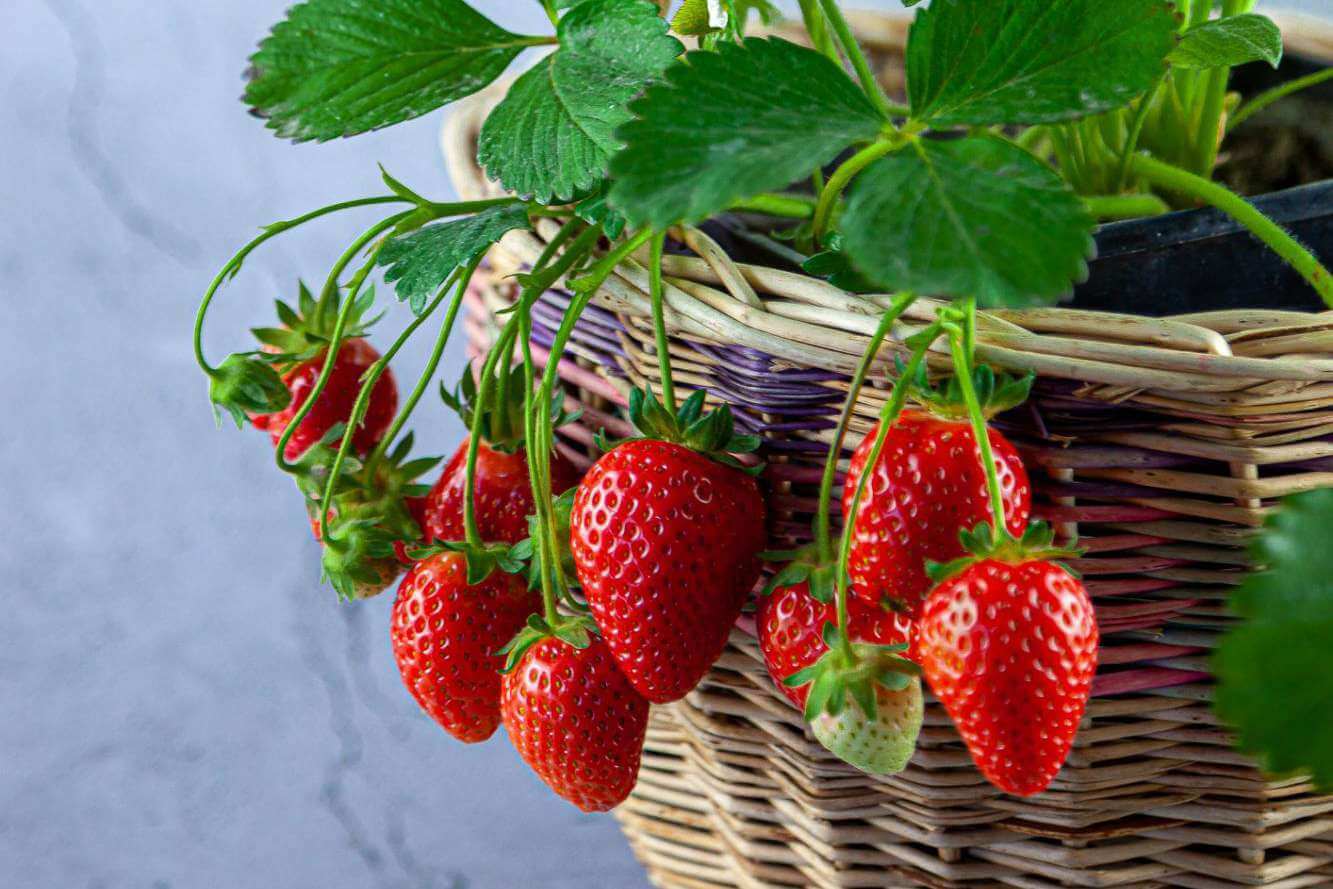
Growing your fruits can be incredibly rewarding, especially for beginners. Choosing suitable fruit varieties is essential to ensure success in your home garden. This section will cover understanding fruit categories and the best varieties for beginners.
Understanding Fruit Categories
Fruit varieties can be divided into three categories: berries, tree fruits, and soft fruits. Familiarizing yourself with these categories can help you choose the right fruit to grow based on your space, climate, and gardening experience.
- Berries: Berry fruits are an excellent option for beginners as they are low maintenance and require minimal space. Examples include strawberries, raspberries, and blueberries.
- Tree Fruits: Tree fruits are typically more challenging than berries, requiring more space and maintenance. However, dwarf varieties of trees can be grown in small spaces. Examples include apple trees, cherries, and figs.
- Soft Fruits: Soft fruits, like strawberries and raspberries, are perfect for beginners as they are easy to grow and require little maintenance.
Best Varieties for Beginners
Here are some of the easiest fruits to grow for beginners, each with its own recommended variety:
- Strawberries: The Ever-bearing variety is a popular choice. This type requires minimal care and produces fruits throughout the season.
- Raspberries: Fall Gold is an excellent choice for beginners. This variety is easy to grow, hardy, and yields sweet, golden raspberries.
- Blueberries: Choose the Patriot variety for an exceptionally hardy and low-maintenance fruit. Blueberries require acidic soil.
- Apple Trees: Dwarf Gala apple trees are ideal for beginners who have limited space. They produce sweet, delicious apples and can be grown in containers.
- Figs: The Petite Negra variety is perfect for beginners and can also be grown in containers. This dwarf variety produces sweet, dark fruits.
- Cherries: For a compact option that still produces an abundance of cherries, choose the dwarf North Star cherry tree.
By selecting suitable fruit varieties and understanding their categories, you can confidently begin your journey into growing your delicious fruits, even as a beginner. With some care and patience, you’ll soon enjoy the fruits of your labor!
Essential Growing Conditions
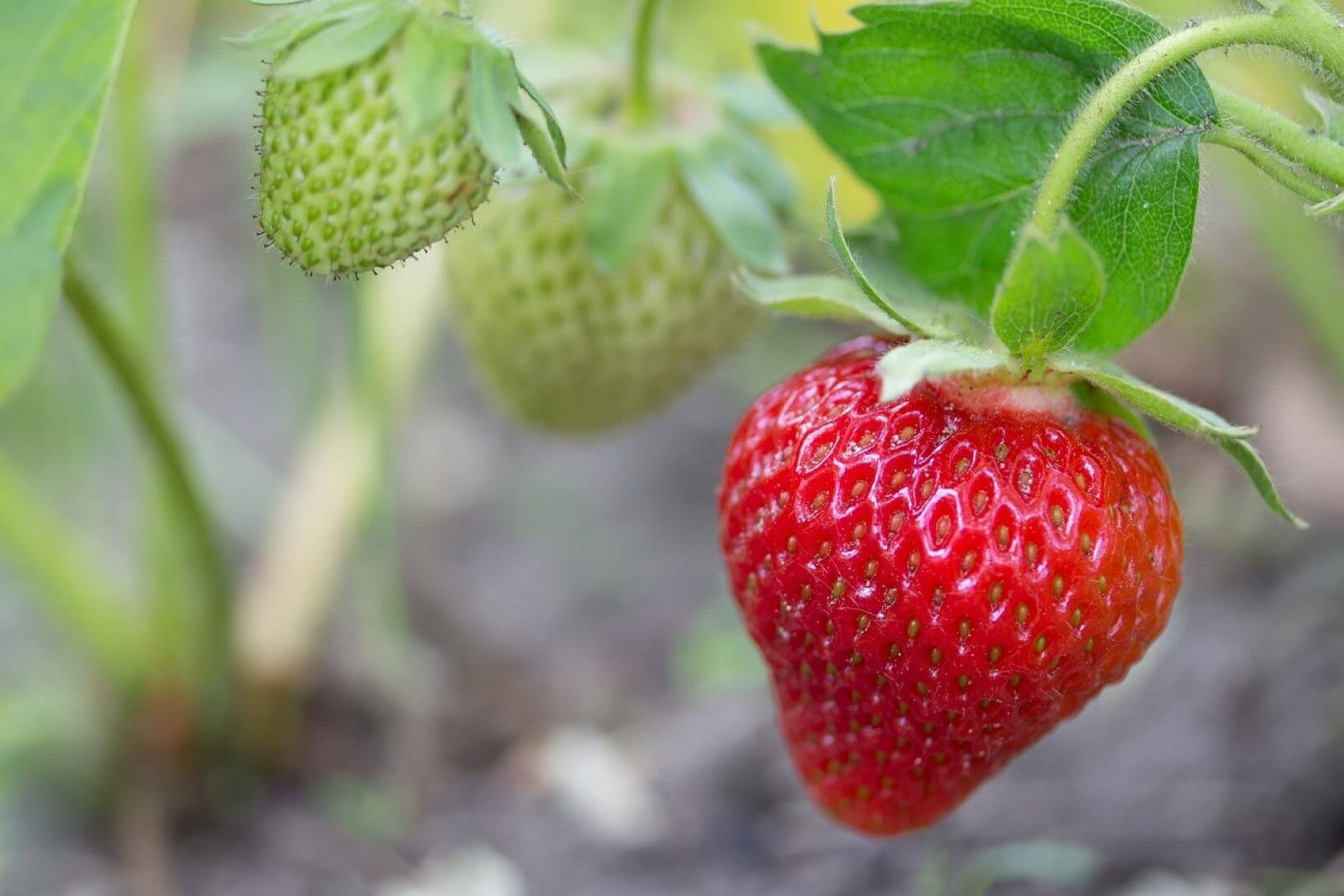
Soil and Sunlight Requirements
To grow fruits successfully, it is crucial to provide suitable soil and sunlight conditions. Most fruit-bearing plants thrive in well-draining soil that is rich in organic matter. To improve fertility and drainage, you can mix compost or aged manure into your garden soil.
Apart from the soil, sunlight is a vital element for fruit growth. Ensure your fruit plants receive sun exposure for their best growth and productivity. Generally, fruiting plants need at least 6-8 hours of direct sunlight daily. However, this may vary according to regional climatic conditions.
Water and Nutrient Needs
Proper watering and nutrient management are essential to avoid fruit plants’ stress and promote high yields. Fruit plants typically require:
- Water: Regular and deep watering is necessary, especially during growth and fruiting seasons. Adjust the watering frequency based on climate, soil type, and plant size. A simple rule of thumb is to check the soil moisture 2-3 inches below the surface, and if it feels dry, water the plant.
- Nutrients: Along with water, fruits need essential nutrients for growth and development. The primary nutrients include:
- Nitrogen (N) – Promotes foliage growth
- Phosphorus (P) – Enhances root development and fruit production
- Potassium (K) – Supports overall plant strength, disease resistance, and fruit quality
Incorporate a balanced fertilizer into the soil, or use an organic soil amendment rich in these nutrients, like compost.
For acidic soil-loving fruit plants, such as blueberries, it’s essential to maintain a soil pH between 4.5 and 5.5. To achieve this pH level, you can amend the soil with peat moss or a specially formulated acidic plant fertilizer.
By considering these essential growing conditions, you’ll be well on your way to cultivating a thriving fruit garden!
Planting and Maintenance
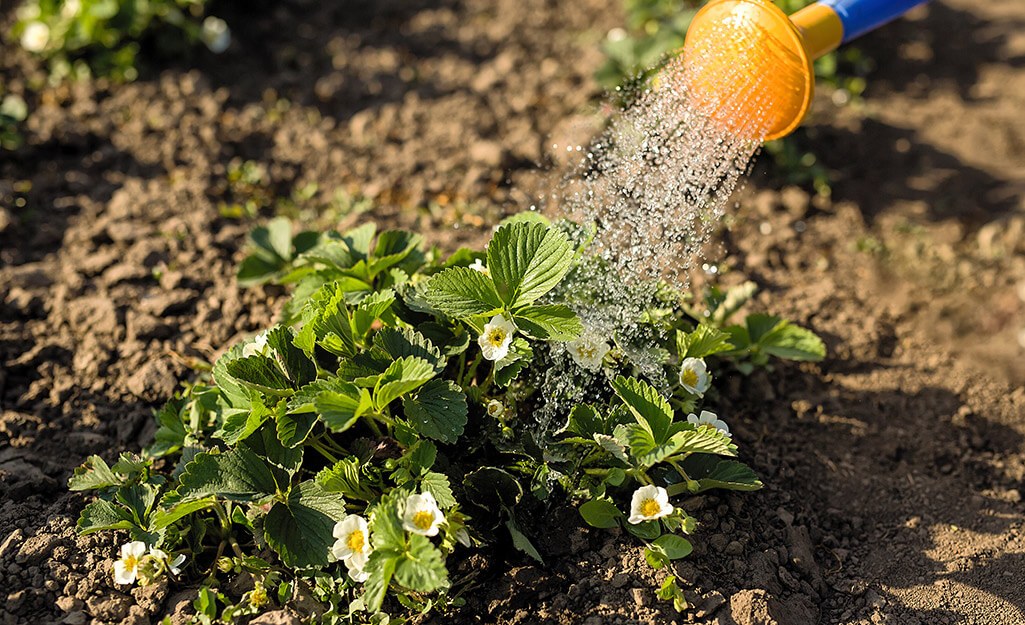
Starting Your Fruit Garden
To start your fruit garden, choose fruits with known ease of growth, such as strawberries, blueberries, or figs. Choose a suitable location with plenty of sunlight and well-draining soil. Consider planting in containers, which allows for easy movement and protection from pests.
When planting, leave enough space between each plant for future growth. Choose pots with drainage holes for container planting and use a high-quality potting mix. Be mindful of each fruit’s specific watering requirements, and provide a consistent and adequate water supply.
Pruning and Care
Regular pruning and care are crucial for a healthy fruit garden. Pruning promotes growth and productivity and reduces diseases by allowing better air circulation within the plants.
To prune your plants correctly:
- Remove any dead, diseased, or broken branches.
- Thin out crowded branches to improve air circulation.
- Remove any branches that cross or rub against each other.
- Prune to maintain an open, evenly-spaced structure for each plant.
Additionally, you should mulch your fruit plants to maintain moisture in the soil, suppress weeds, and regulate soil temperature.
Natural Pest and Disease Management
One of the main challenges you might face in your fruit garden is managing pests and diseases. However, there are several natural strategies you can employ to minimize these problems:
- Natural resistance: Select fruit varieties naturally resistant to pests and diseases, ensuring a more straightforward gardening experience.
- Beneficial insects: Encourage insects that prey on pests, such as ladybugs, lacewings, or praying mantises, by planting flowers that attract them.
- Companion planting: Plant companion plants that naturally repel pests or act as “trap crops,” protecting your fruit plants by drawing pests away from them.
- Regular inspections: Inspect your plants for signs of damage or disease and promptly address any issues you notice.
By incorporating these strategies, you’ll be better equipped to maintain a healthy and productive fruit garden with minimal chemical intervention.
Harvesting and Using Your Fruit
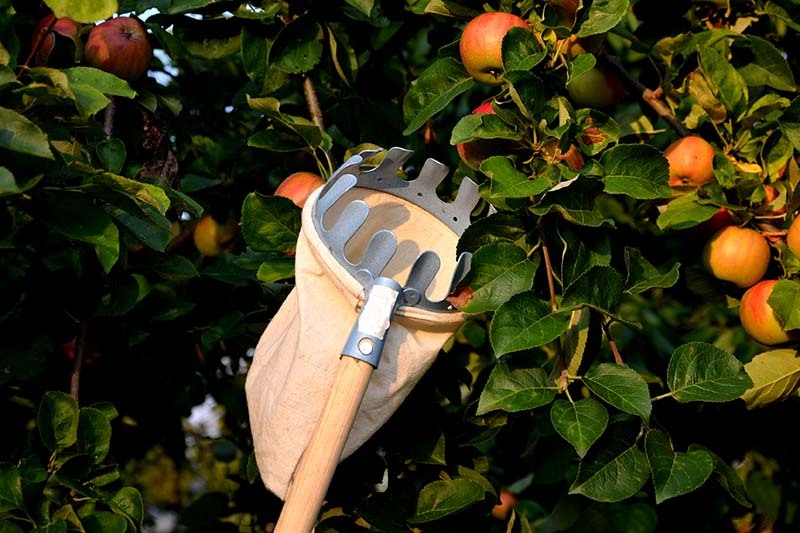
Best Time to Harvest
The best time to harvest your fruit will vary depending on the type of fruit and the climate in your area. Generally, it’s best to pick fruit when it’s ripe and flavorful. Here are some common easy-to-grow fruits and their typical harvest times:
- Strawberries: Harvest strawberries when they are entirely red and slightly firm. This usually occurs in late spring or early summer.
- Raspberries: These delicious fruits are typically ready for harvest in mid-to-late summer. Look for plump berries with a uniform, deep color.
- Blueberries are ripe and ready to be picked when they turn deep blue. In mid-to late summer, they can be easily pulled from the bush.
- Figs: Harvest figs when they soften and change from green to purple or brown. This often happens in late summer to early autumn.
Remember, the key to a successful harvest is regularly monitoring your fruit plants and trees to ensure you pick at optimal times for maximum flavor and yield.
Storage and Preservation Tips
Once you’ve harvested your fresh produce, follow these storage and preservation tips to maintain their flavor and health benefits:
- Keep fruit dry and cool: Store fruit in a cool, dark place with good air circulation. This can help prevent mold and extend the shelf life of your harvested produce.
- Refrigerate properly: When storing fruit in the refrigerator, avoid putting it in the coldest part, which can cause bruising and spoilage. Use crisper drawers or shelves designed for fruit storage to maintain freshness.
- Freeze for long-term storage: You can freeze fruit to preserve it for an extended period. Wash, dry, and remove any stems before placing fruit in an airtight container. Fruits like berries can also be frozen in a single layer on a tray before placing them in a container to prevent sticking together.
- Jam, jellies, and preserves: Another way to enjoy your harvest all year round is to transform your fruit into jams, jellies, or preserves. This allows you to enjoy the delicious flavors of your homegrown produce even when they aren’t in season.
With these harvesting and storage tips, you’ll be well-equipped to enjoy the fruits of your labor all year long, boosting your health and adding variety to your meals with your delicious homegrown fruits.
Innovative Ideas for Small Spaces
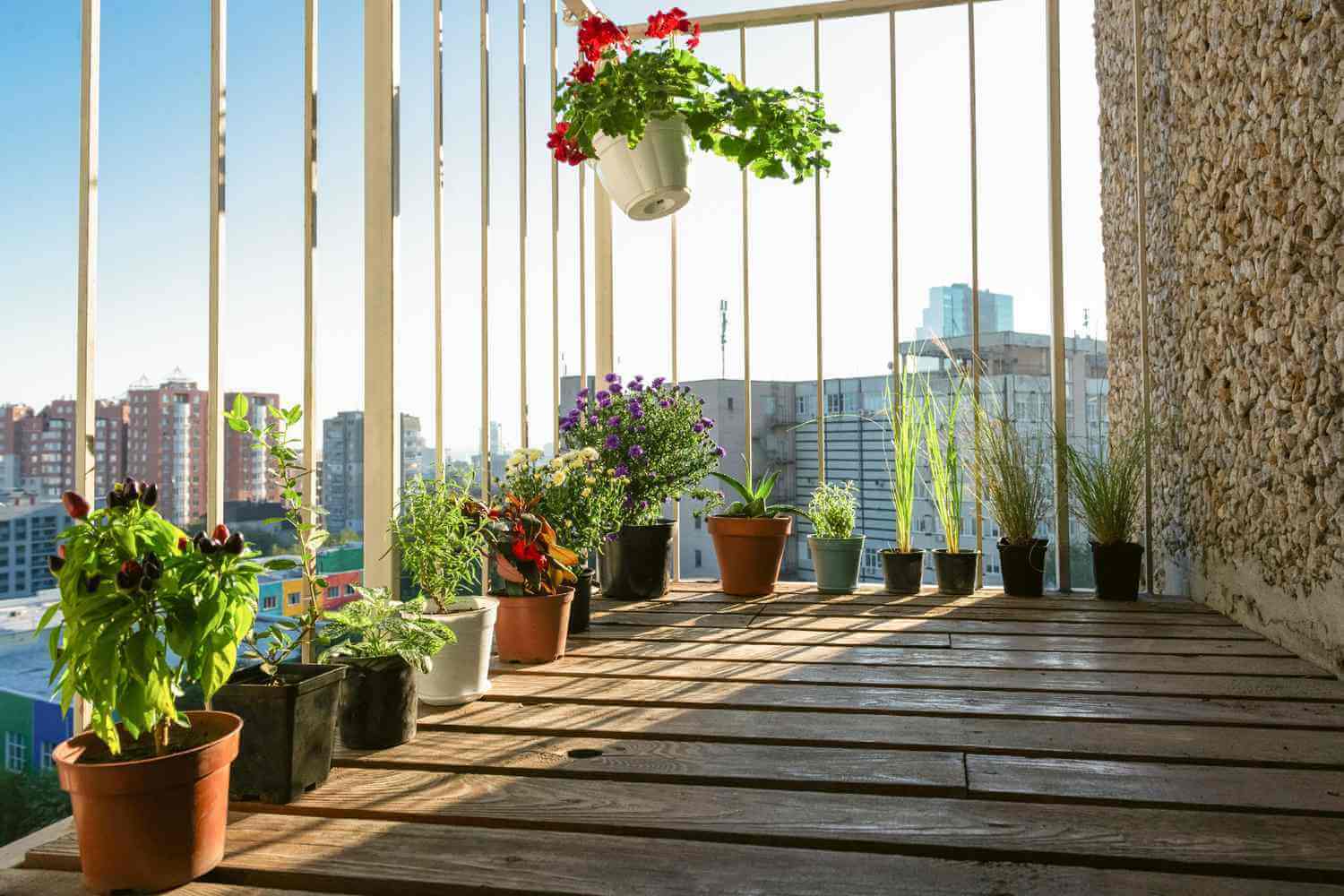
Vertical Gardening
If you don’t have much space in your backyard or are working with a tight area, don’t worry! Vertical gardening is an excellent solution for growing fruits in small spaces. With this method, you grow plants upwards instead of outwards, utilizing trellises, walls, or even hanging baskets.
Some fruits ideal for vertical gardening include dwarf variety fruits such as dwarf bananas and dwarf pears. These plants grow smaller in size but still produce delicious fruits. To create a thriving vertical garden, choose a sunny location and plant your dwarf fruit plants near a support structure like a trellis.
Container and Basket Planting
Another fantastic method for growing fruits in small spaces is container and basket planting. This innovative approach allows you to produce fruits in pots, containers, or hanging baskets on your patio or balcony. Here are a few suggested fruits for container gardening:
- Dwarf banana: An excellent choice for tight spaces, dwarf bananas can grow in pots and produce edible fruits.
- Dwarf pears: These smaller pear trees thrive in containers and yield delicious pears with proper care. Containerss and hanging baskets can transform your limited gardening space into a fruitful oasis. Ensure your chosen fruits receive adequate sunlight, and monitor the soil to maintain appropriate moisture levels. With these innovative ideas, you’ll see that even small spaces can produce significant results.
Frequently Asked Questions
What are some low-maintenance fruits that can be grown by novice gardeners?
If you are a novice gardener, consider growing low-maintenance fruits like strawberries, raspberries, and blackberries. These fruits are easy to care for, as they only require regular watering, occasional pruning, and minimal pest control. They are also excellent for beginners because they produce fruit within the first or second growing season.
Which fruit trees are recommended for those with limited space?
For gardeners with limited space, consider planting dwarf or semi-dwarf fruit tree varieties. Some popular options include dwarf apple, pear, plum, and cherry trees. These varieties grow smaller and are more manageable in tight spaces. Make sure to provide them with proper care, including regular watering, pruning, and fertilization.
Which fruits can be easily cultivated in containers or pots?
To grow fruits in containers or pots, try cultivating blueberries, strawberries, or dwarf citrus trees, such as Meyer lemon and calamondin orange. Choose containers with sufficient drainage and position them in a sunny location. Water them regularly, provide appropriate fertilization, and prune when necessary.
What are the quickest-yielding fruit plants suitable for first-time growers?
For quick-yielding fruit plants, try strawberries, blueberries, or currants. These plants tend to produce fruit within the first or second growing season. Be sure to provide them with the necessary care, including regular watering, fertilization, and pest control, to achieve optimal yield and plant health.
What are the top fruit varieties beginners can plant in a backyard garden?
If you’re a beginner looking to plant fruit varieties in your backyard garden, consider starting with strawberries, raspberries, blueberries, or dwarf apple trees. These fruits are relatively easy to grow and require minimal maintenance, and they provide rewards in the form of delicious fruit within a short time.
Which edible plants are both fruits and vegetables that a beginner can successfully grow?
Some edible plants, such as tomatoes, cucumbers, and peppers, are considered fruits and vegetables. These plants are great options for beginners, as they are easy to grow and require simple care, like proper watering and fertilization. Start with tried-and-true varieties like cherry tomatoes or bell peppers, as these are often more forgiving and have a higher success rate for first-time growers.